
3 New Major Design Details Mahindra XUV 3XO Will Pack Over...
- Apr 12, 2024
- Views : 10247

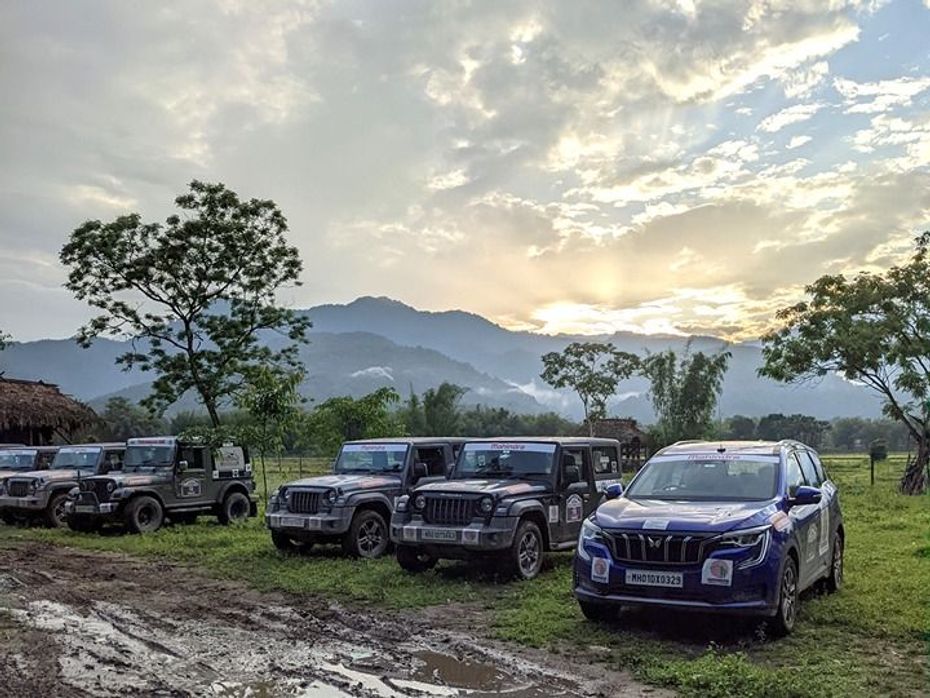
Despite years of isolation and limited accessibility, tourism has been steadily growing in the State of Arunachal Pradesh. Even though it’s just a stone’s throw from Meghalaya and well-connected by large domestic airports in Assam, it hasn’t gotten as much love from petrolheads as it should have. We joined the Trans Arunachal Drive 2022 on the second leg to see what driving in the State is all about.
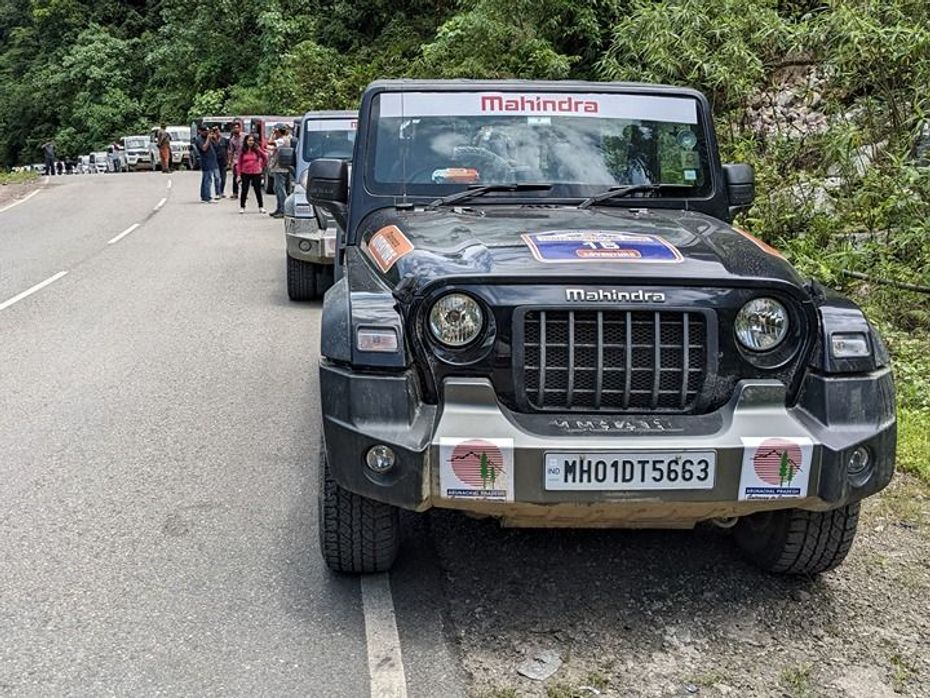
This year was the second edition of the Trans Arunachal Drive. It’s a two-week long media event which involves driving across multiple towns and varying terrains in a band of Mahindra SUVs. For 2022, the convoy consisted of over 30 Mahindras – four XUV700 SUVs, several new Mahindra Thars, a couple of old Thars and Scorpios spanning all generations. In over 12 days, the convoy travelled over 2,500km from Dibrugarh all the way to Tawang!

The second leg began at Bomjir, a town on the edge of the river Dibang. We headed there from the Dibrugarh airport on the fourth day of of the Trans Arunachal Drive ‘22, and were warmly welcomed with song and dance and food.
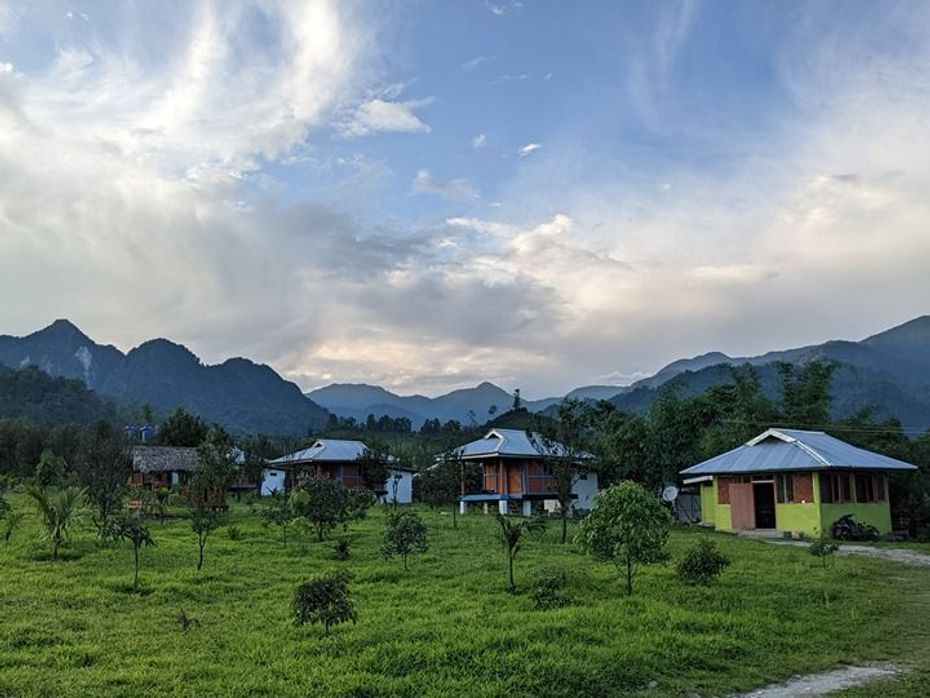
The next day, were handed the keys to a diesel-manual Mahindra Thar, and the convoy resumed its progress across Arunachal. Smooth highways helped us make quick progress toward the night halt at Kamba. The Thar flexed its 130PS diesel engine down the straights, handling triple digit speeds with ease. Even on the tighter bends, its all-terrain tyres gripped tightly, and the suspension handled the occasional pothole without drama. Body roll was occasionally felt by the passengers, but it never became nerve-wracking. That is, until we reached the last stretch of highway where the roadworks were on.
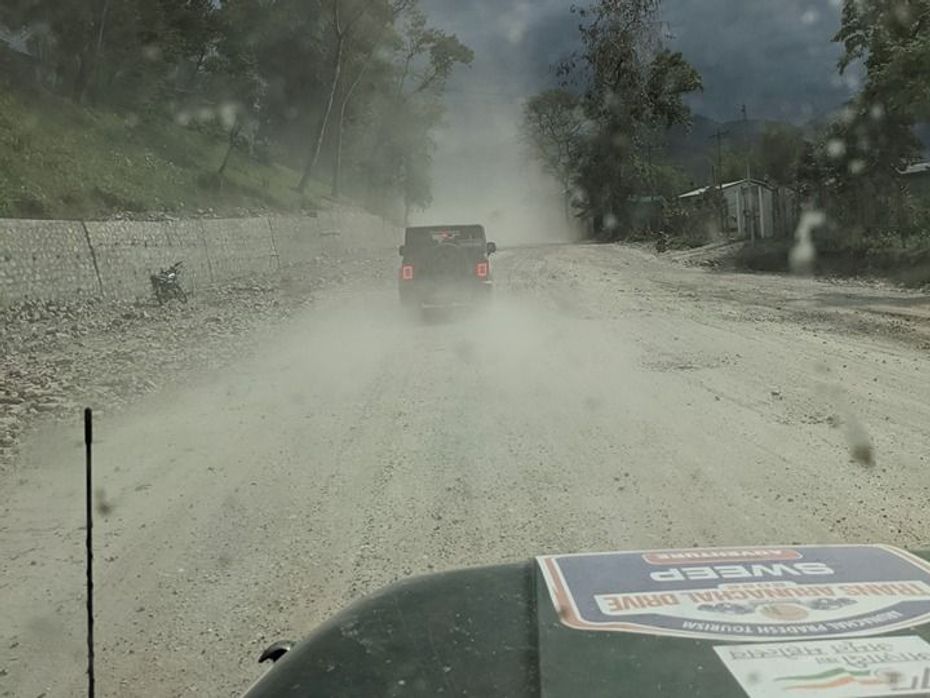
The road to Kamba being widened is good news for its future users. But, it meant driving on rubble and rocks peering through a thick cloud of dust for us. Nevertheless, life was probably much worse in the bouncy old Thar, or in the Scorpio which had lost air conditioning earlier that day.

Kamba was just as awe-inspiring as Bomjir had been, with the Siyom river flowing right next to the lunch tent the townsfolk had set up for us. But that wasn’t our night halt, Kombu village was, at a short hike uphill from the valley. We gingerly crossed a narrow suspension bridge across the river and trekked up the hillside until we heard the singing of locals welcoming us with fresh food and precious homemade apong served in bamboo chutes.
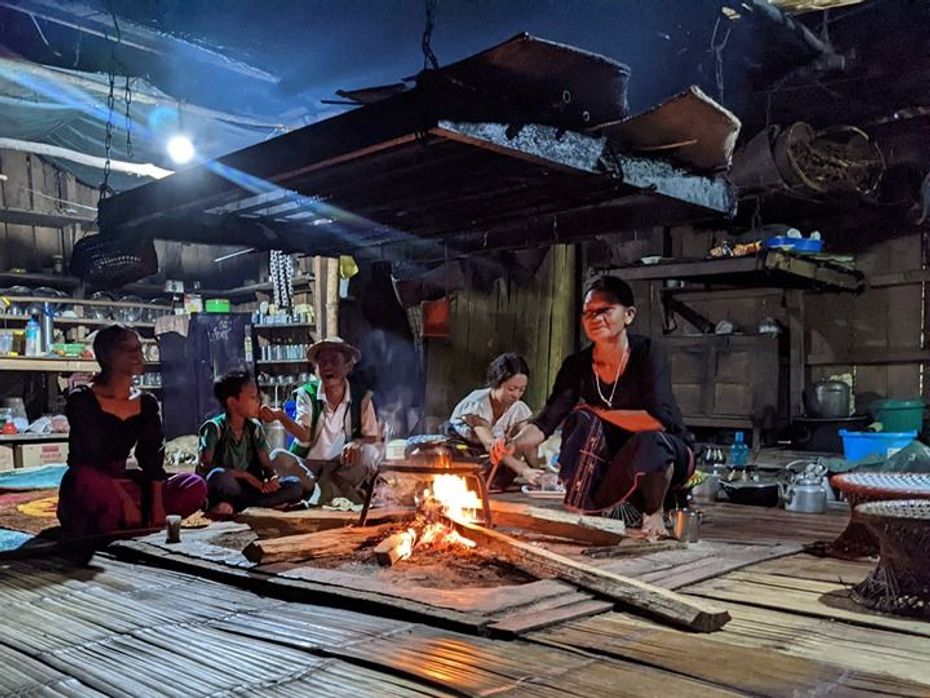
We stayed the night in small groups with families in Kombu, where they survive on subsistence agriculture and hunt their own dinner. After a long conversation over dinner and more of their family-recipe apong, we fell asleep on the bamboo and wood floor.
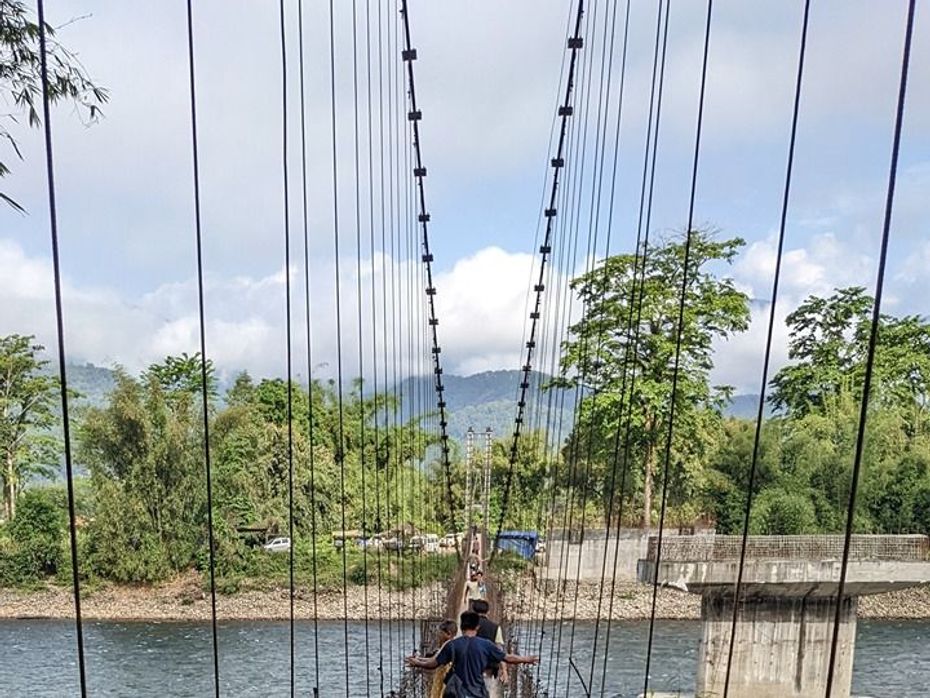
The next morning, we headed down the hill back to the cars, crossing the shaky bridge once again, albeit with more confidence this time around. The drive to Mechuka began with smooth roads, but we soon found ourselves stuck at a Border Roads Organisation roadworks.

A pair of JCBs cleared up a path just wide enough for the row of Mahindra SUVs to cross while oncoming traffic was stopped further ahead. The next stop was at an Army post where the officials honoured their long-standing friendships with our organisers by graciously hosting us with tea and pakoras. Later, we even drove up onto an actual military landing strip to have tea with the Army Corps!
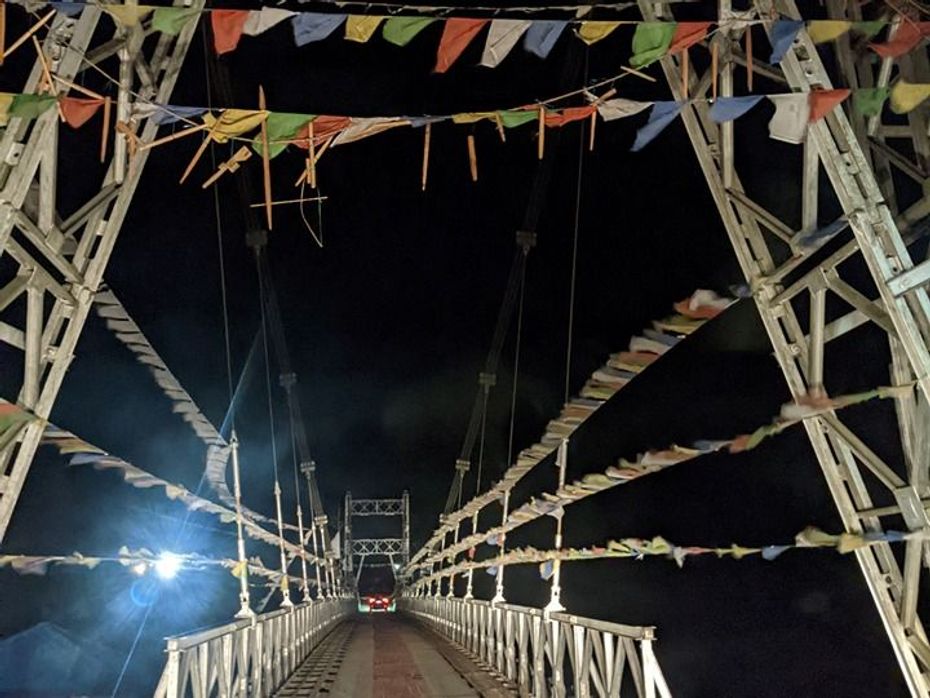
The roads got progressively worse as we climbed the steep, winding route to Mechuka, and it was night by the time we reached the valley. Mechuka, or Menchukha, is a bustling town located 30km from the Indo-Chinese border. It was only accessible by air before the construction of the road, and it’s now home to a solid suspension bridge built by the military.
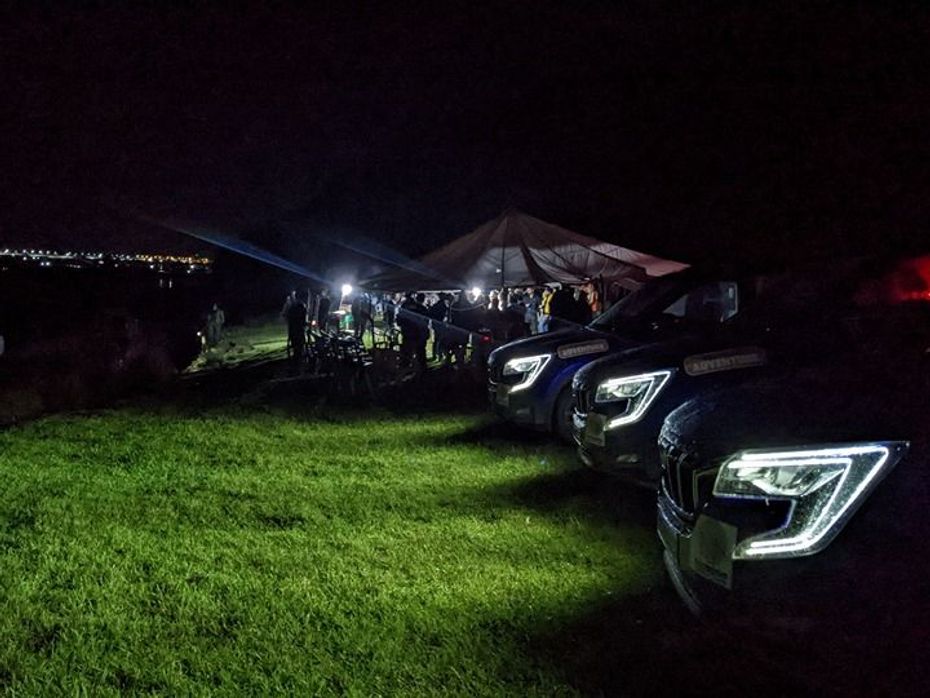
Dinner was served in another tent, and we were greeted by the gracious locals, with song and dance of course, once again. It wasn’t until morning that we realised the grandness of our surroundings.
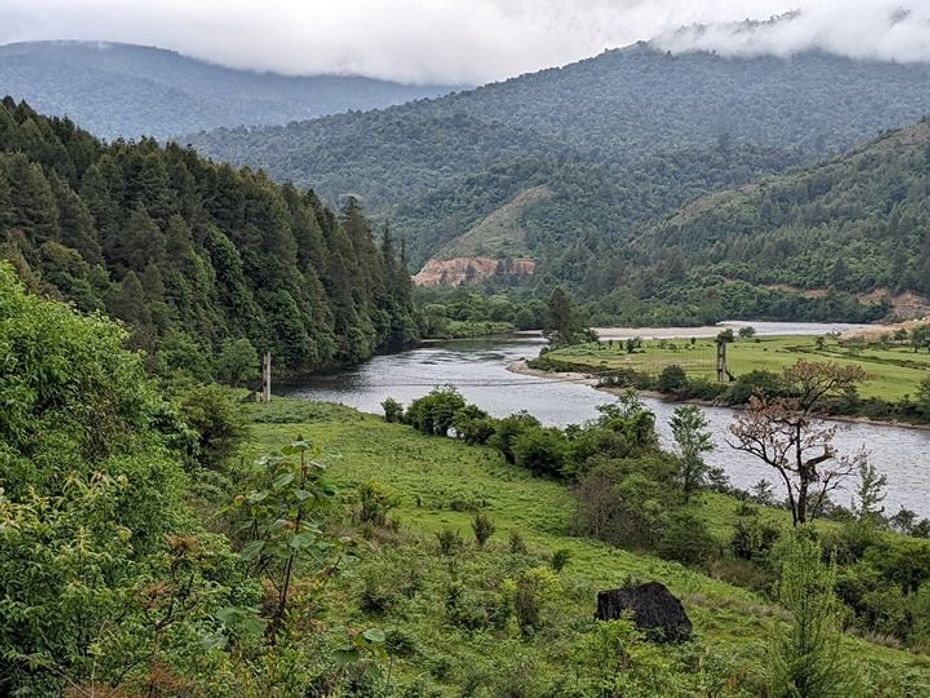
We stayed a full day in Mechuka, a place of moving natural beauty where you can see the best views of your lifetime at every bend in the road, with every turn of your head. There’s an ethereal quality to the greenery, perfect weather and constant breeze on your arms.
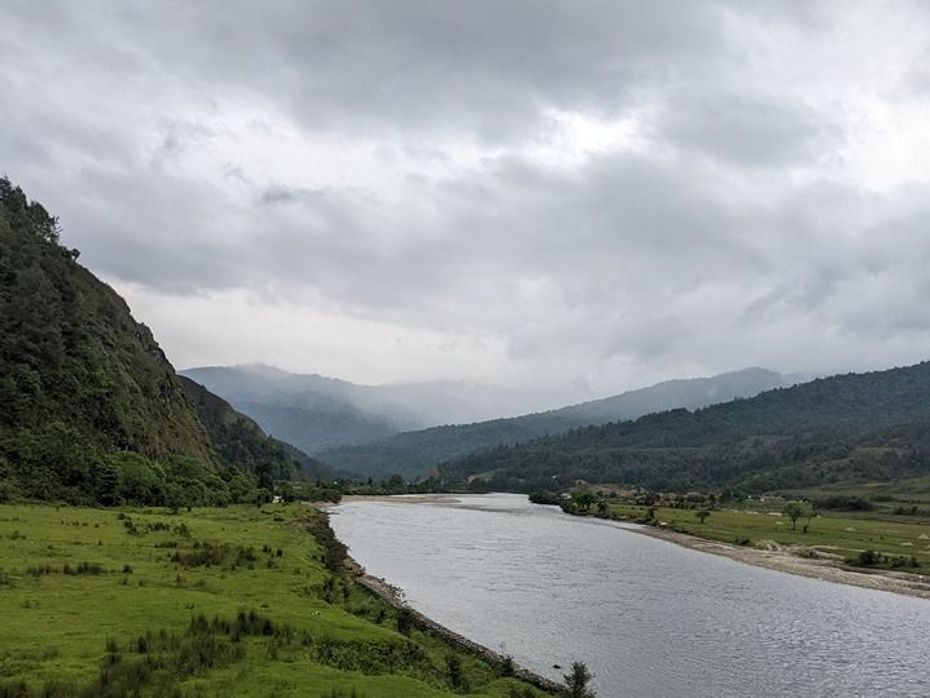
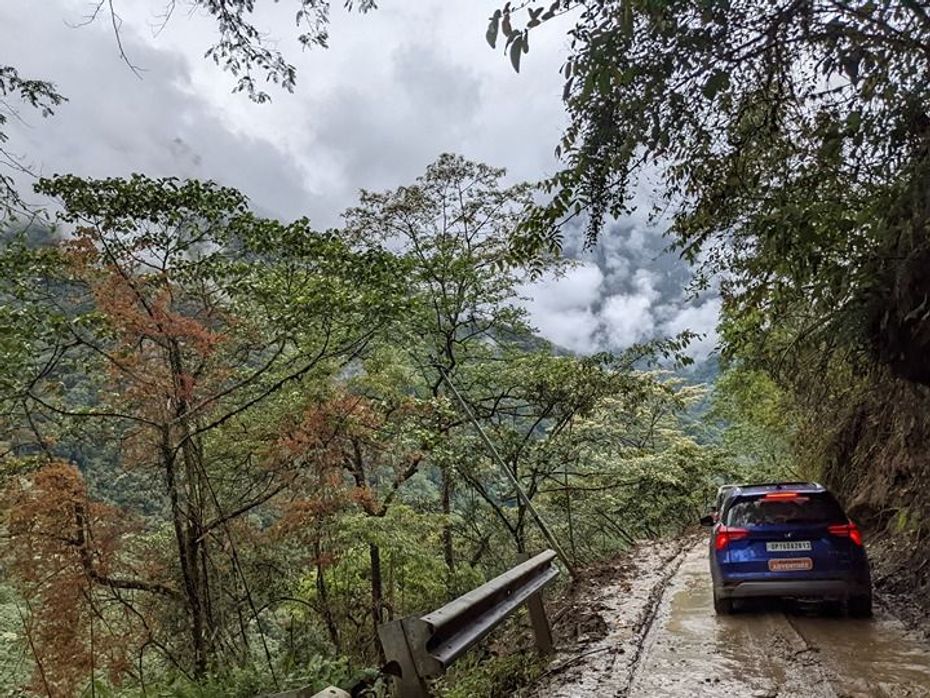
On the final day of the second leg, we set off in the early morning once again back to Kambu, retracing our steps to the Army post for more pakoras, and down to the landing strip once again for tea. From there we drove to Kambu, where we had a late lunch next to the familiar Siyom river during a brief stop, and then to our final night halt in Pasighat. All in all, the second leg took us on a journey of 650km.
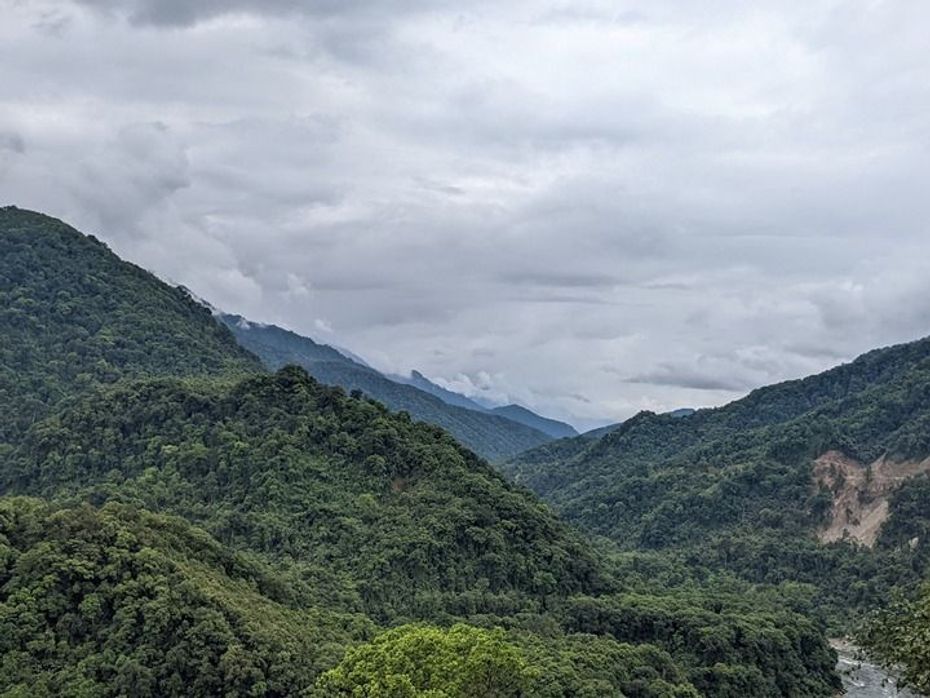
After days of carrying around a smartphone made largely useless by the lack of any cellular connectivity, finally having 4G got us back up to speed with the world outside. We parted ways with the convoy which headed bravely to Tawang, and you can read about that leg in Sonny’s account of the Drive.
View this post on Instagram
Arunachal’s location on the northeastern corner of the country makes it too far to drive from most major cities. You can catch a train or a flight down to Guwahati or Dibrugarh, from where it takes just a few hours by road to get to the next town in Arunachal. Foreigners will need an EAP to move in the State, and Indians still need an Inner Line Permit, too, both of which can be applied for online.
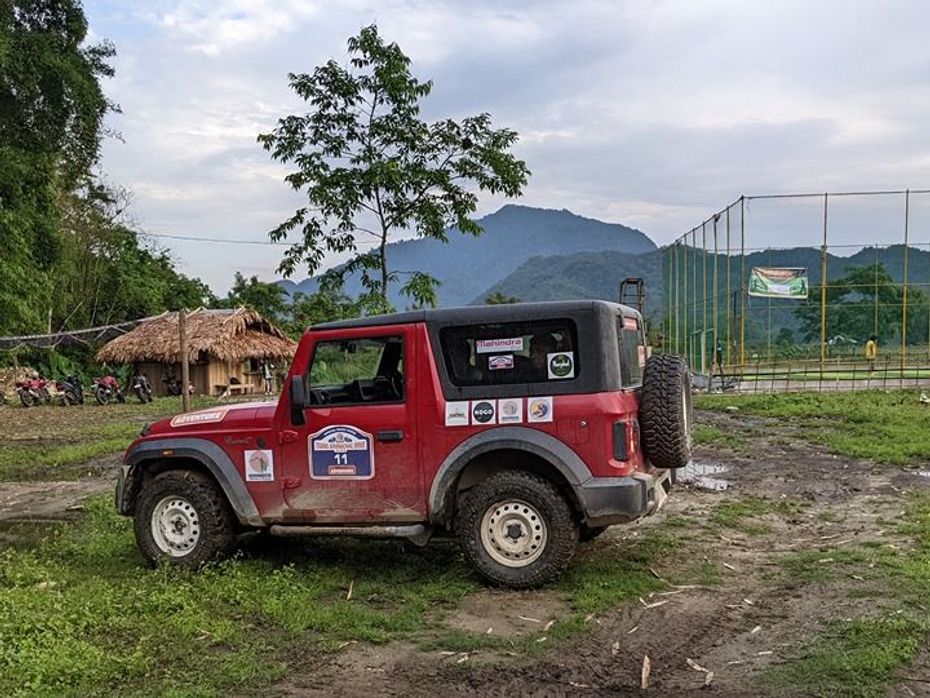
Public transport is sparse, so you’ll probably need a vehicle or taxi of some sort to get around. But, the roads are decent in most places, and you’re unlikely to find slippery or slushy conditions unless you pick the humid monsoon season to travel to Arunachal. We did catch some showers while we were there, but the Thar and most other SUVs in the convoy trudged along fairly effortlessly without needing to switch to four-wheel drive mode.
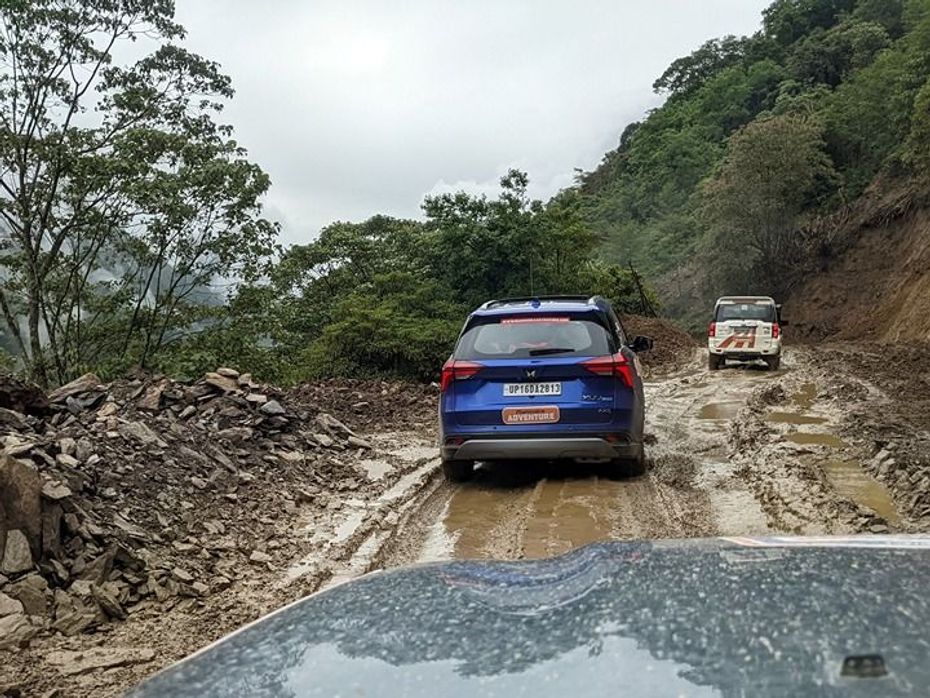
Roadworks may pose a hazard during monsoons
Travelling in Arunachal isn’t easy, and access to medical services is sparse. Carry supplies like you would for a primitive camping trip. A first aid kit and essential medicines may also be necessary. Food isn’t hard to come by, as long as you’re not picky, but, flushing western toilets is – you’ll get used to it. The roads are largely decent, and in some places they are truly driving heaven, but the going does get rough where the roadworks are ongoing. We never had to use four-wheel drive on the trip, but having good ground clearance does help.
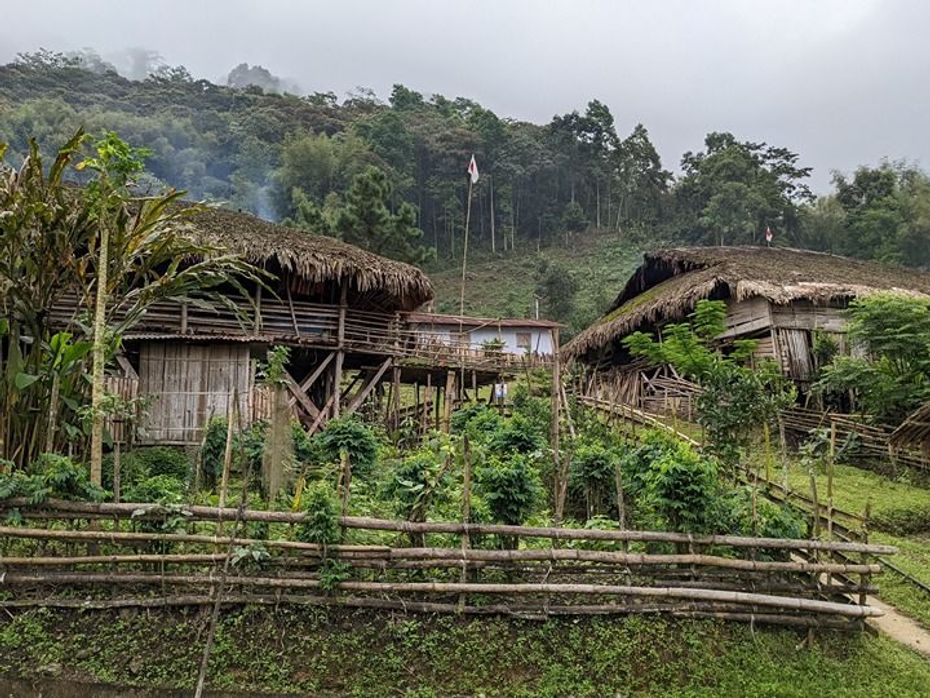
Homestays are ideal, but if you’re even more adventurous, it’s never too hard to find a grassy patch to pitch a tent. Just make sure you’re respectful to the locals and don’t leave any trash behind – maintain the beauty and sanctity of the place for someone else to enjoy later.
Also read:
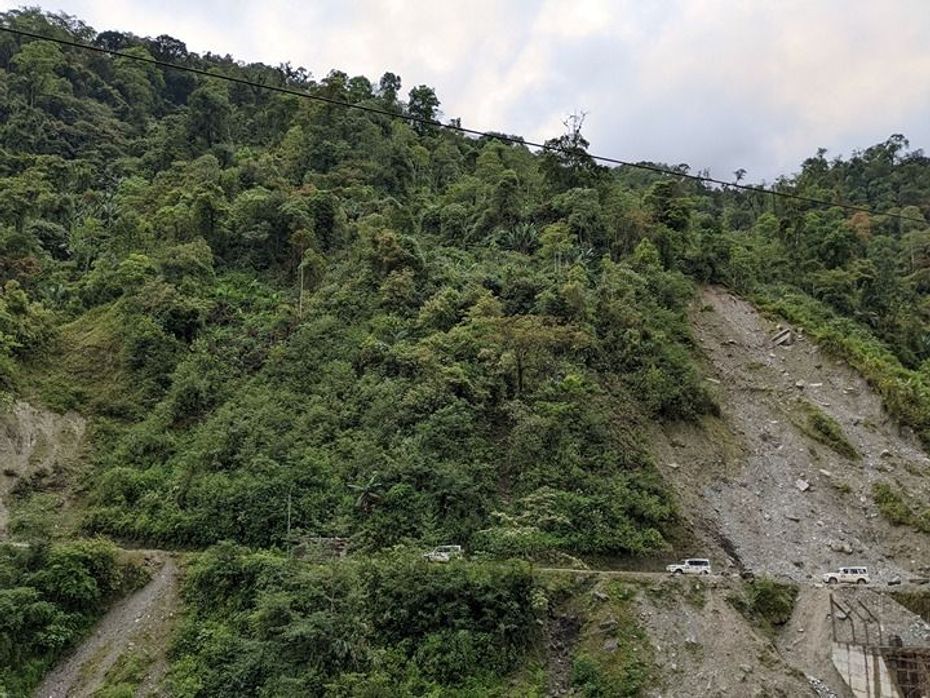
New roads are being built and older routes are being widened, and that’s good news for petrolheads – there’s a lot to look forward to in the coming years. The rise of tourism in Arunachal spells brewing trouble for the untouched natural beauty of the place. But, at least for now, the place invites a different sort of tourist – and inculcates a respect for itself as easily as it takes your breath away.

3 New Major Design Details Mahindra XUV 3XO Will Pack Over...

Mahindra XUV 3XO (XUV300 Facelift) Launched With Significant Design...

Tata Curvv: A Much Clearer Look At Its Interior Ahead Of Its Unveiling

Are Maruti Suzuki’s Strong Hybrid Powertrains The Best Engine...

2024 Mahindra XUV 3XO Interior Revealed: Old vs New Compared

10 New Features Expected In The Upcoming 2024 Mahindra XUV 3XO...

The Fronx Has Been Rebadged! Meet The Toyota Urban Cruiser Taisor,...

Mahindra XUV 3XO: All Details You Need To Know In 10 Images

You Can Now (Unofficially) Book The Mahindra XUV 3XO
India's largest automotive community